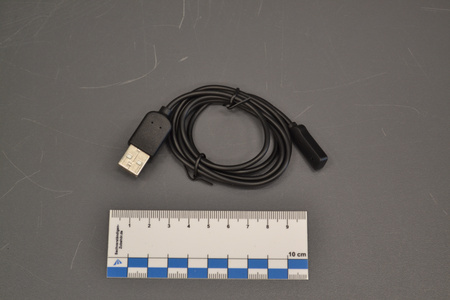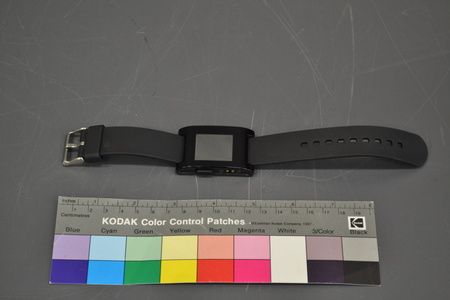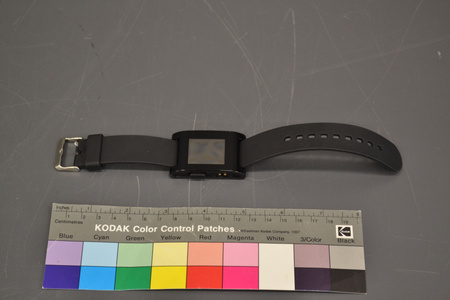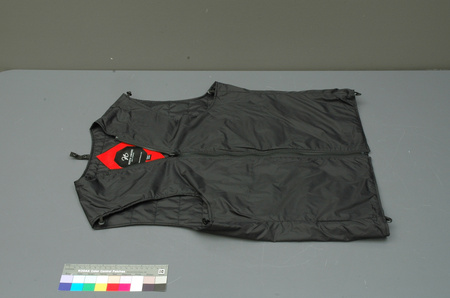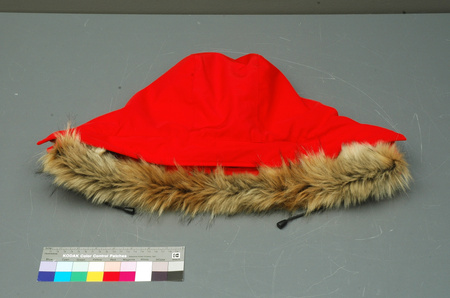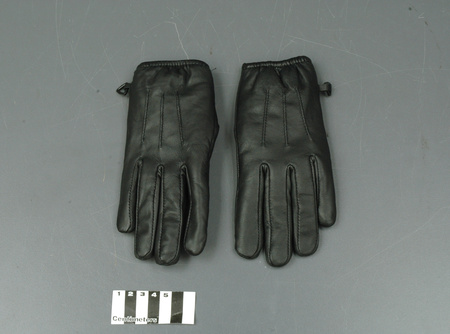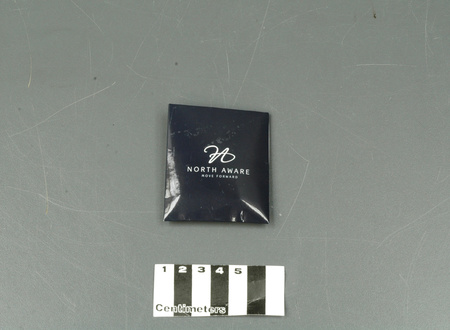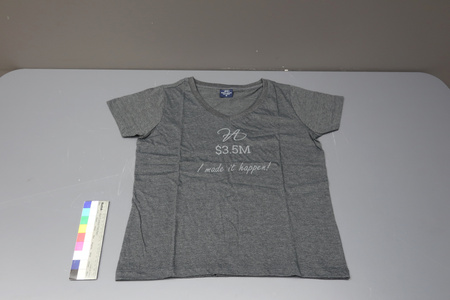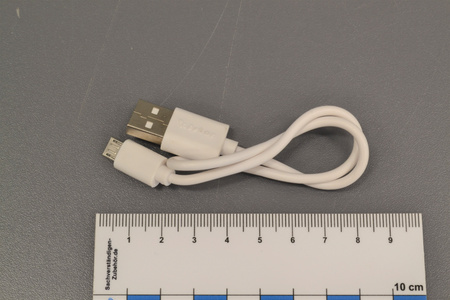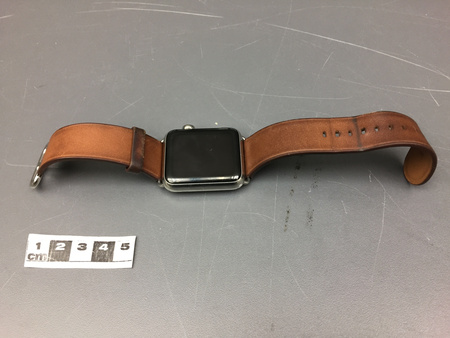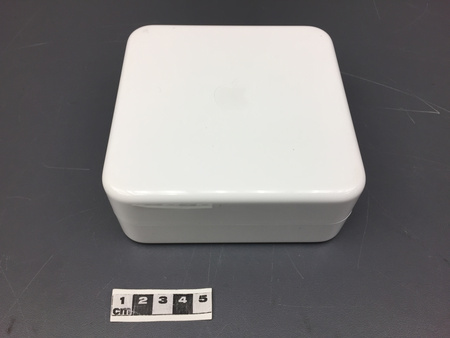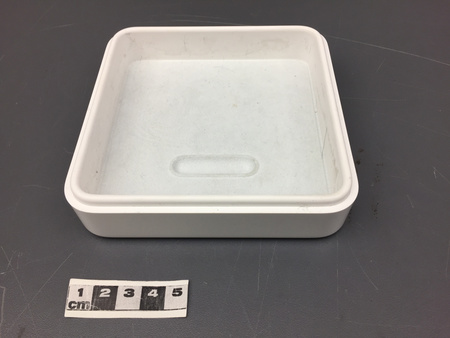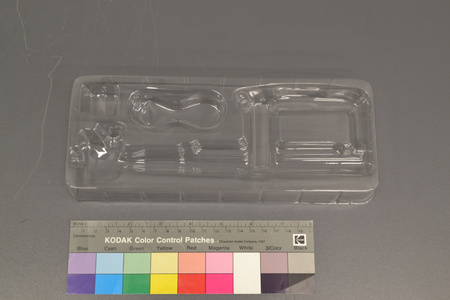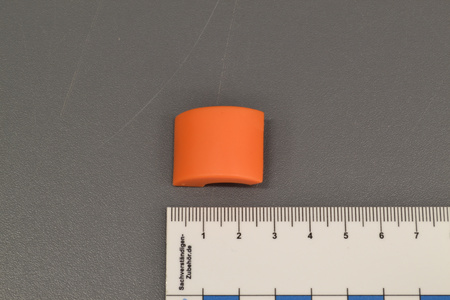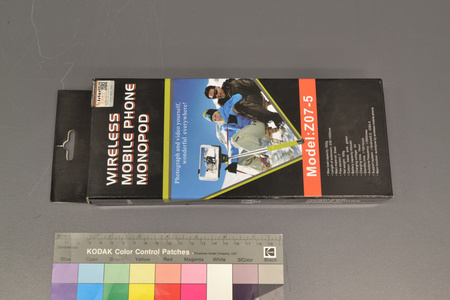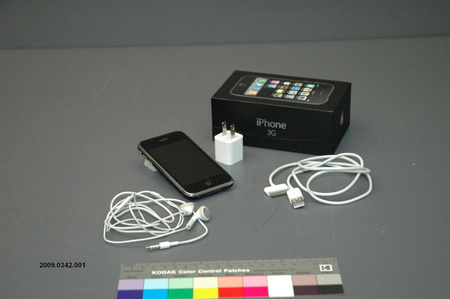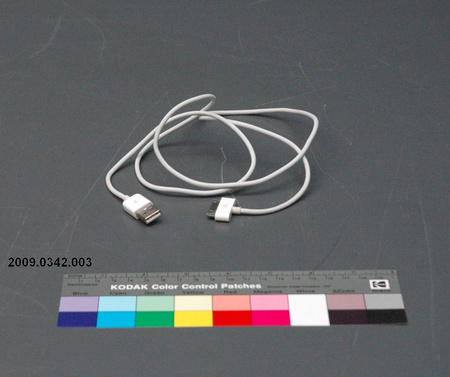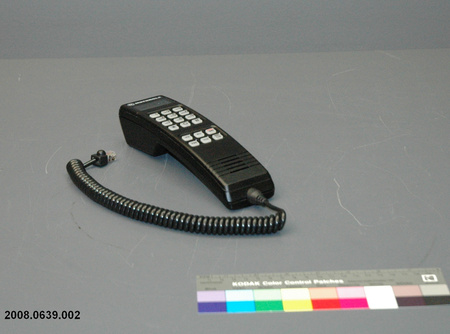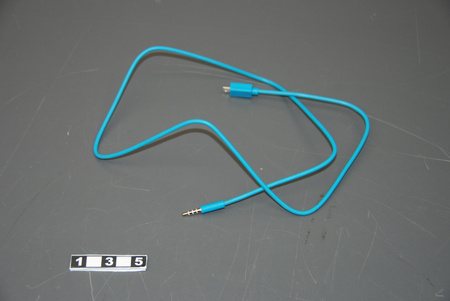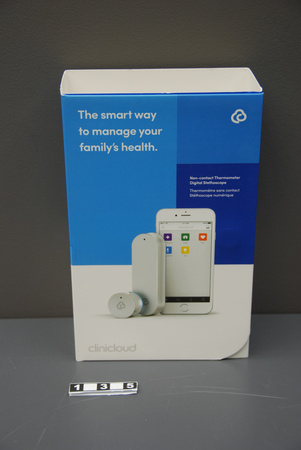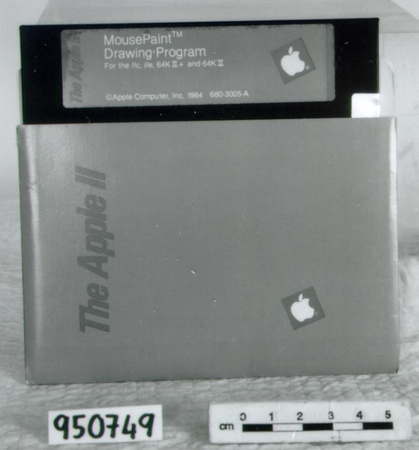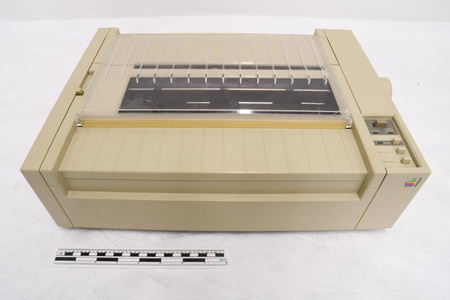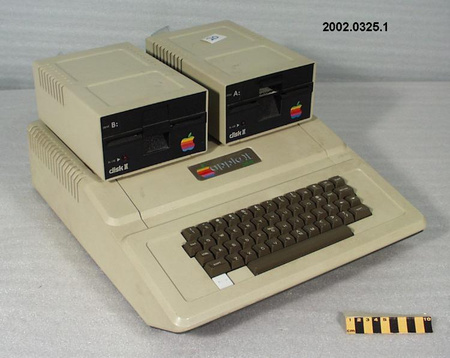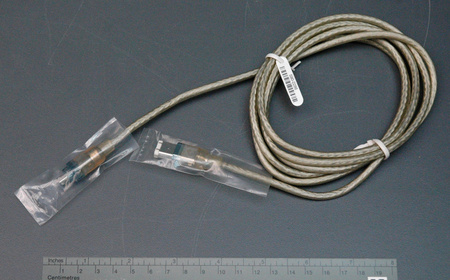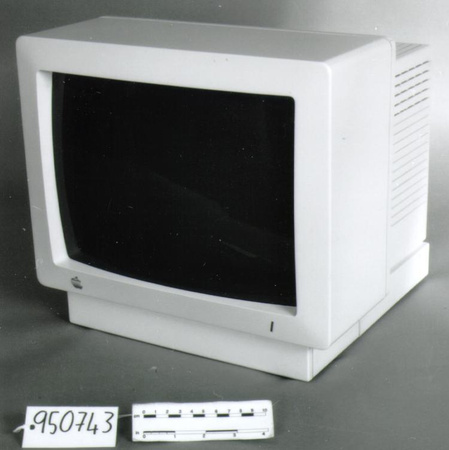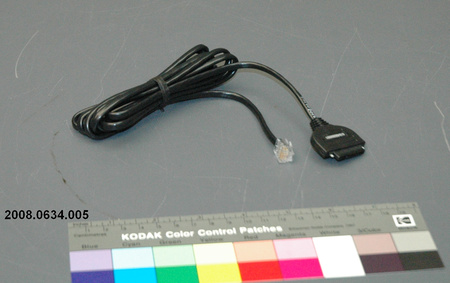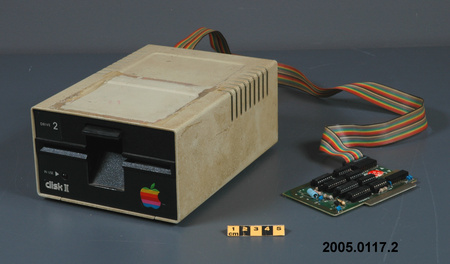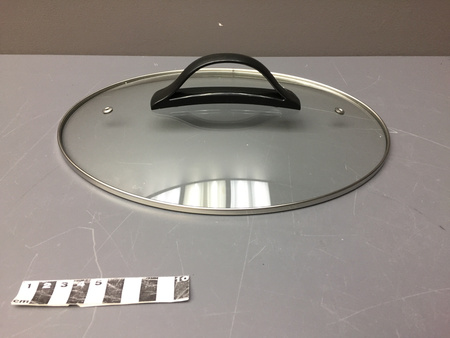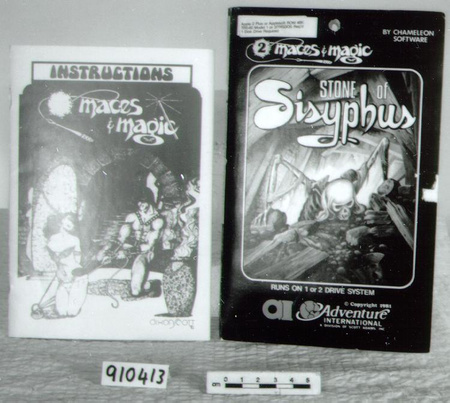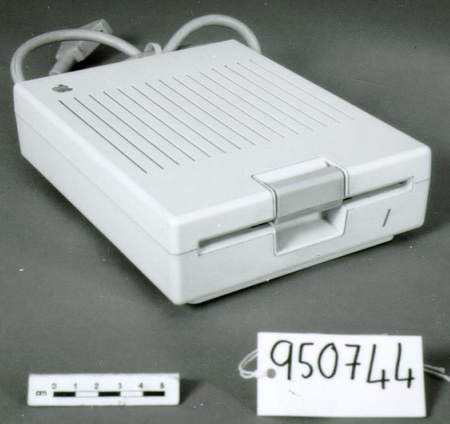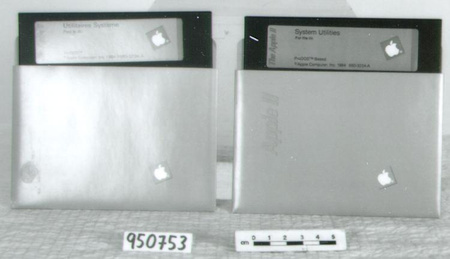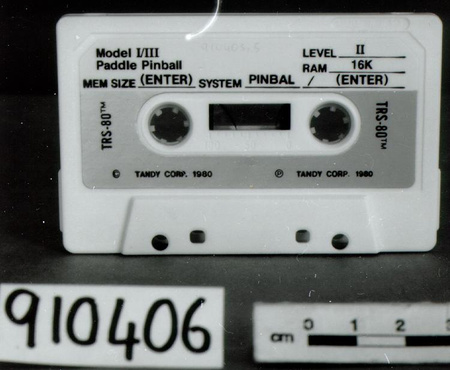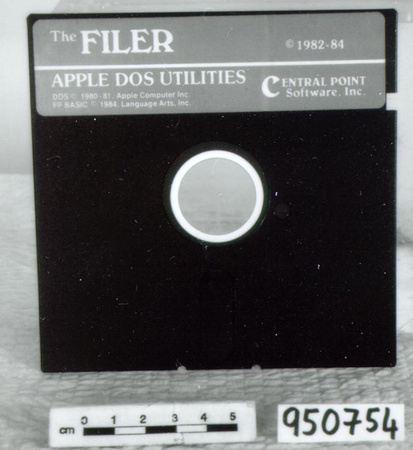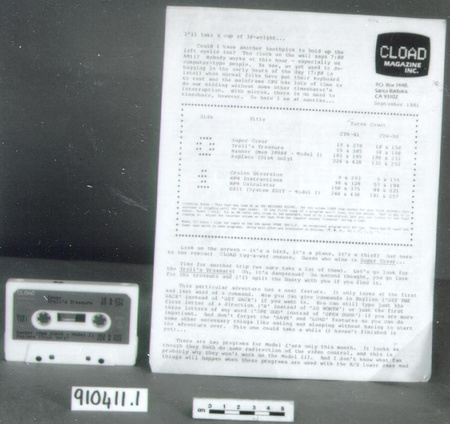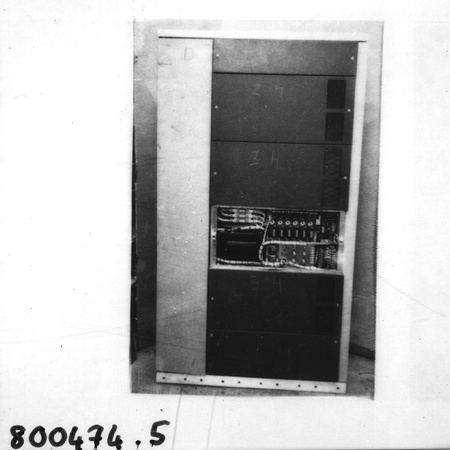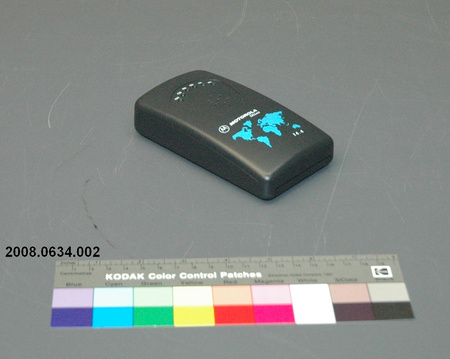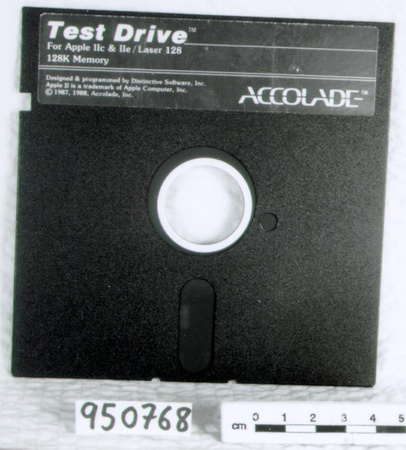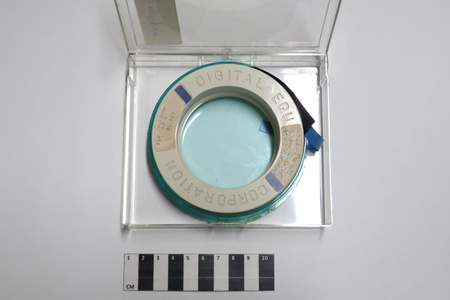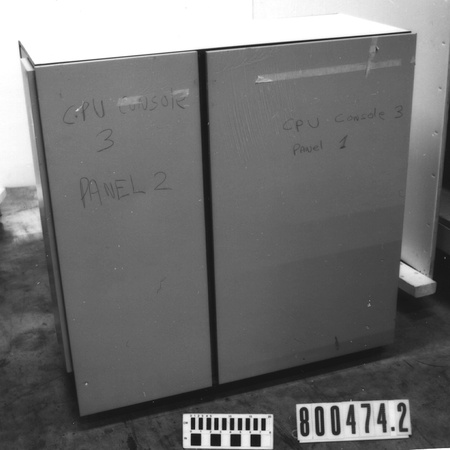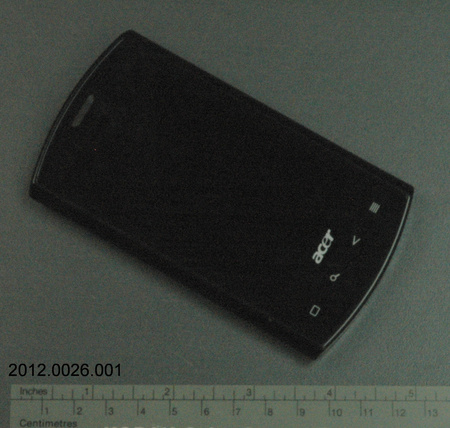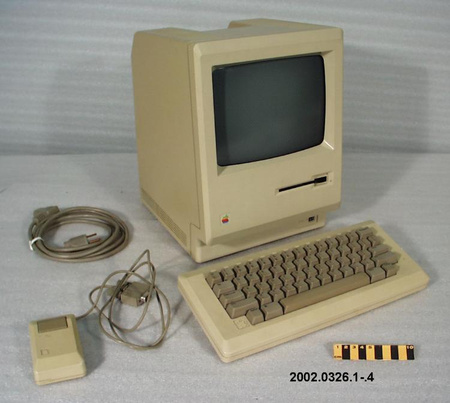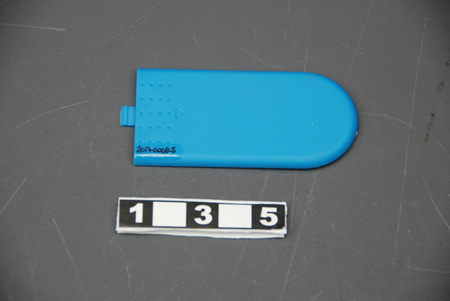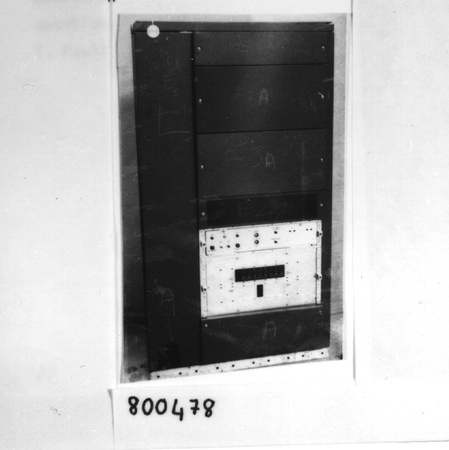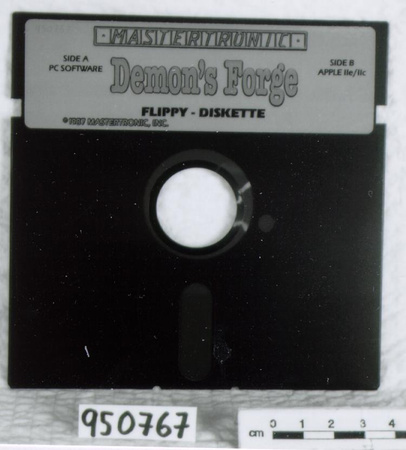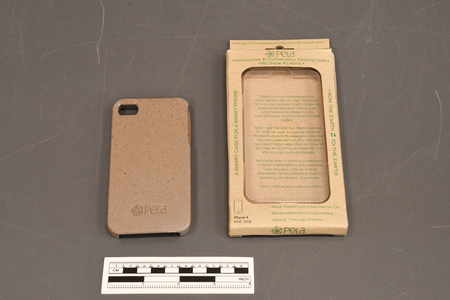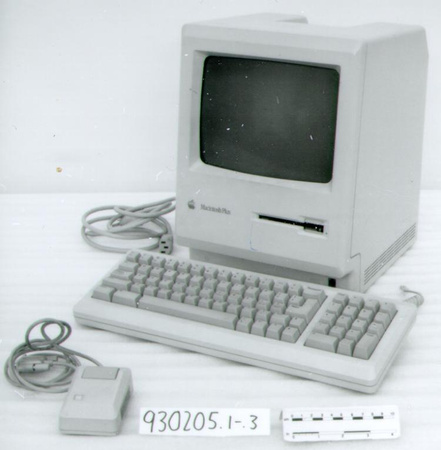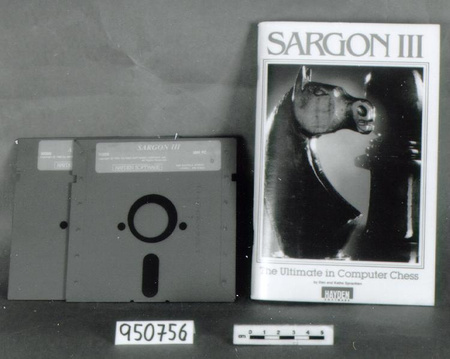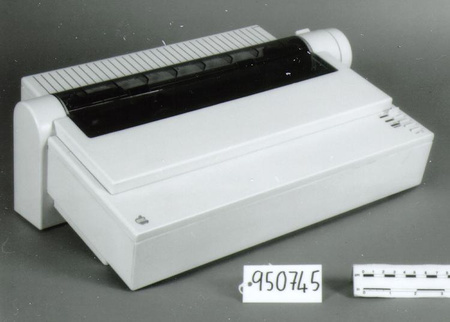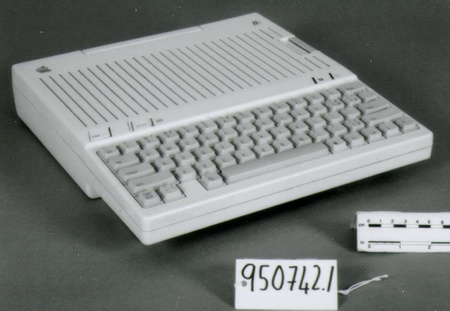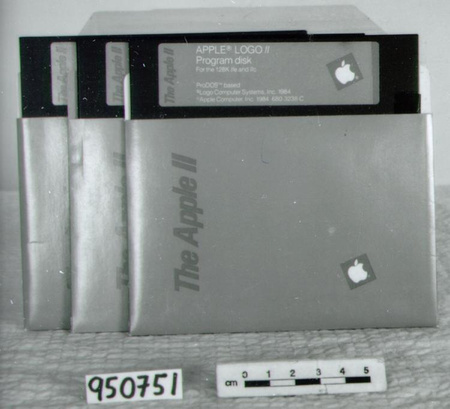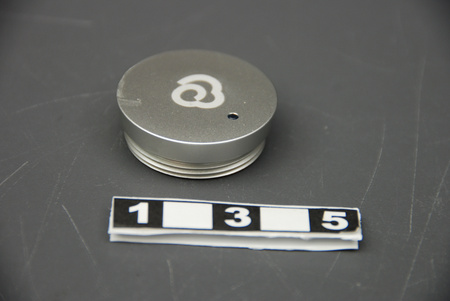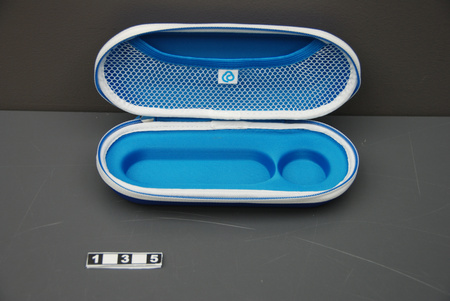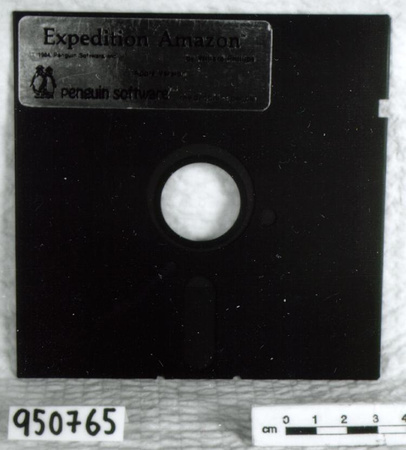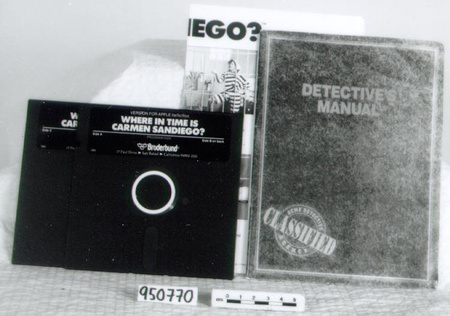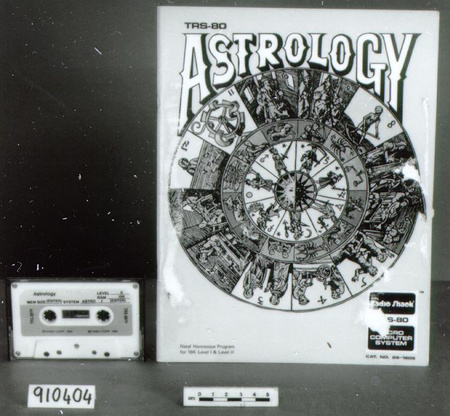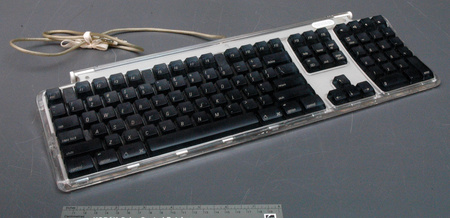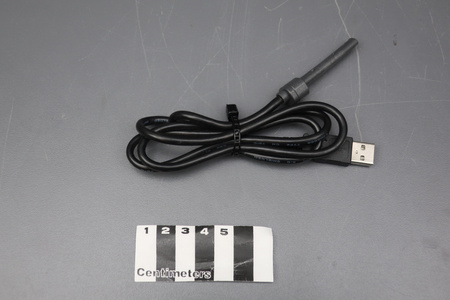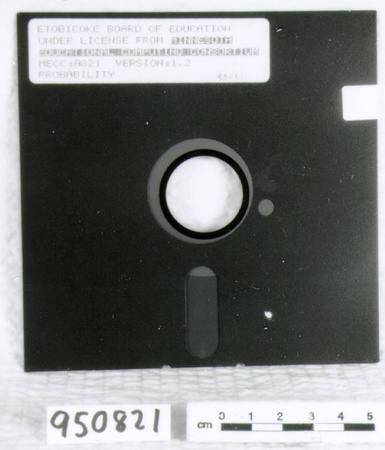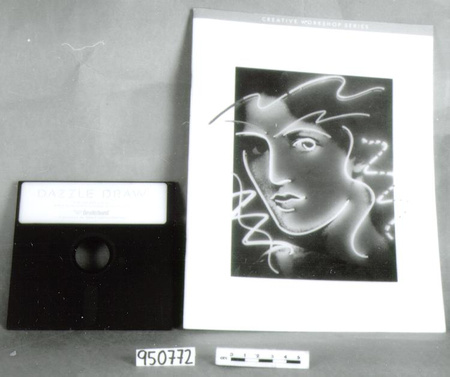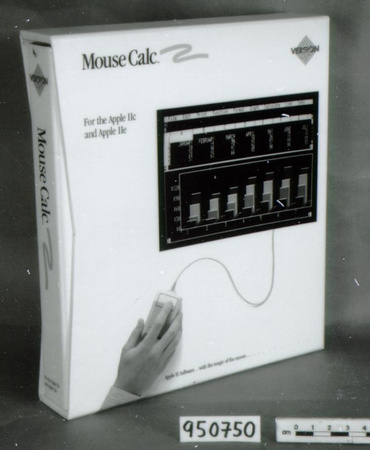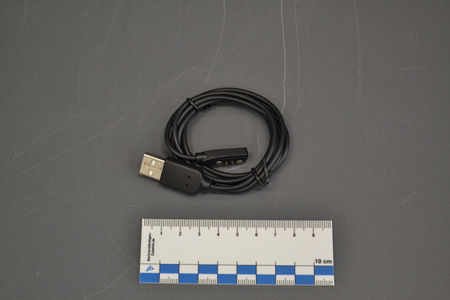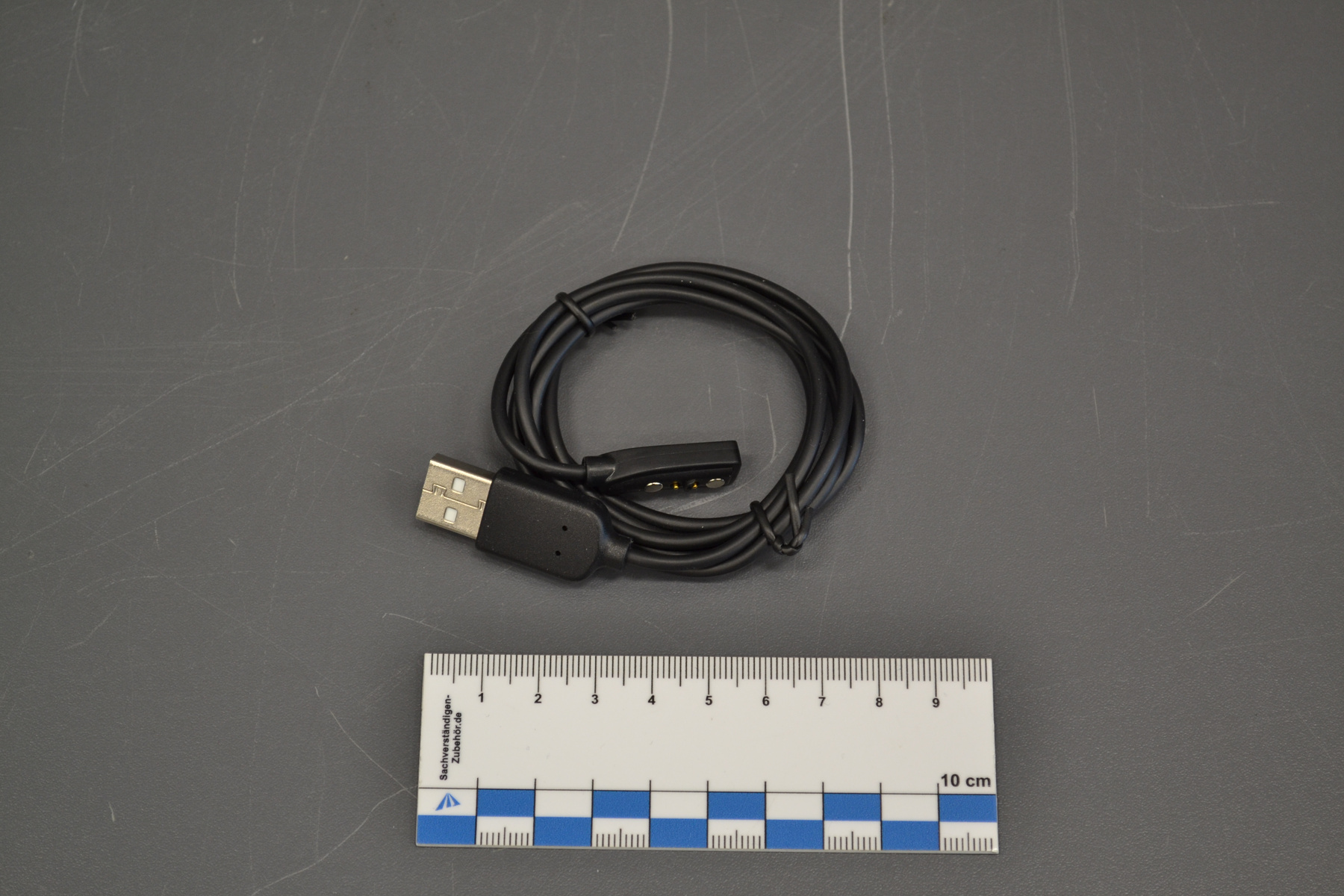Cable
Use this image
Can I reuse this image without permission? Yes
Object images on the Ingenium Collection’s portal have the following Creative Commons license:
Copyright Ingenium / CC BY-NC-ND (Attribution-NonCommercial 4.0 International (CC BY-NC 4.0)
ATTRIBUTE THIS IMAGE
Ingenium,
2015.0569.002
Permalink:
Ingenium is releasing this image under the Creative Commons licensing framework, and encourages downloading and reuse for non-commercial purposes. Please acknowledge Ingenium and cite the artifact number.
DOWNLOAD IMAGEPURCHASE THIS IMAGE
This image is free for non-commercial use.
For commercial use, please consult our Reproduction Fees and contact us to purchase the image.
- OBJECT TYPE
- charging/USB
- DATE
- 2015
- ARTIFACT NUMBER
- 2015.0569.002
- MANUFACTURER
- Unknown
- MODEL
- Unknown
- LOCATION
- Unknown
More Information
General Information
- Serial #
- N/A
- Part Number
- 2
- Total Parts
- 2
- AKA
- N/A
- Patents
- N/A
- General Description
- Synthetic and metal cable Câble synthétique et métal.
Dimensions
Note: These reflect the general size for storage and are not necessarily representative of the object's true dimensions.
- Length
- 8.4 cm
- Width
- 6.5 cm
- Height
- 1.2 cm
- Thickness
- N/A
- Weight
- N/A
- Diameter
- N/A
- Volume
- N/A
Lexicon
- Group
- Communications
- Category
- Telephony
- Sub-Category
- N/A
Manufacturer
- AKA
- Unknown
- Country
- Unknown
- State/Province
- Unknown
- City
- Unknown
Context
- Country
- Unknown
- State/Province
- Unknown
- Period
- Never used Jamais utilisé.
- Canada
-
The Pebble watch is part of a series of emerging (2013-present) digital computer wearable technologies. The Pebble watch was an attempt to get consumers to interact with their cellular phones in new ways. Initially developed by Eric Migicovsky, of Vancouver, while attending the University of Waterloo, further product development was moved to the Y Combinator (technology incubator) in Silicon Valley. The Pebble watch was designed as an open source multi-platform alternative to compete with Apple watch. The first generation was manufactured in a limited run in the USA and later moved to China where the Foxlink group took over the manufacture. The second generation of the Pebble watch (Pebble Time and Pebble Steel) was launched as a Kickstarter campaign on February 24, 2015 with the watch as the primary incentive for the campaign. The second generation watch was designed to respond to some of the aesthetic concerns raised about the Pebble SDK (the latter resembling a 1980s Casio or Timex digital watch) as well as increase the battery life to exceed that of the Apple Watch. Within 16 minutes of the campaign launch, Pebble had reached its primary funding goal of $500,000 USD and at the 49 minute mark reached $1,000,000 USD making it the fastest Kickstarter project to reach that funding level. By the end of the campaign on March 27, 2015, the second generation Pebble watch received $20,332,986 USD in funding from 78,471 individual backers. Building on the previous campaign, Pebble launched a 3rd generation watch which divorced itself from the mobile telephone by creating “a tiny wearable computer with Android 5.0” with its own 3G modem, GPS, and Spotify integration backed by an open development community. The campaign raised $12,800,000 USD and was slated to ship to backers in September 2016. Despite this huge success for the second generation watch, Pebble – like many technology start-ups, became a victim of its own success. Production delays and poor quality parts resulted in the bulk of the technology being sold to Fitbit and Pebble entering receivership in December 2016. This resulted in the 3rd generation watch not being produced and the money returned to backers through Kickstarter. Fitbit (makers of the Fitbit biometric monitor) purchased the remaining intellectual assets, brand. - Function
-
A cable used to charge a smart watch. Un câble utilisé pour recharger la montre intelligente. - Technical
-
The Pebble watch is as Bluetooth enabled accessory for a smart phone. When not tethered, it has limited functionality. While it can be used as a personal micro-computer it is not able to send or receive messages without an accompanying smartphone. Unique to the Pebble in the smart watch market was that it was built on an open source community development platform which allowed for and encouraged user generated content and alteration. - Area Notes
-
Unknown
Details
- Markings
- None apparent
- Missing
- Appears complete
- Finish
- Black cable with silver-coloured metal connector end and contacts. Câble noir avec connecteur argenté en métal.
- Decoration
- N/A
CITE THIS OBJECT
If you choose to share our information about this collection object, please cite:
Unknown Manufacturer, Cable, 2015, Artifact no. 2015.0569, Ingenium – Canada’s Museums of Science and Innovation, http://collection.ingenium.ca/en/id/2015.0569.002/
FEEDBACK
Submit a question or comment about this artifact.
More Like This
